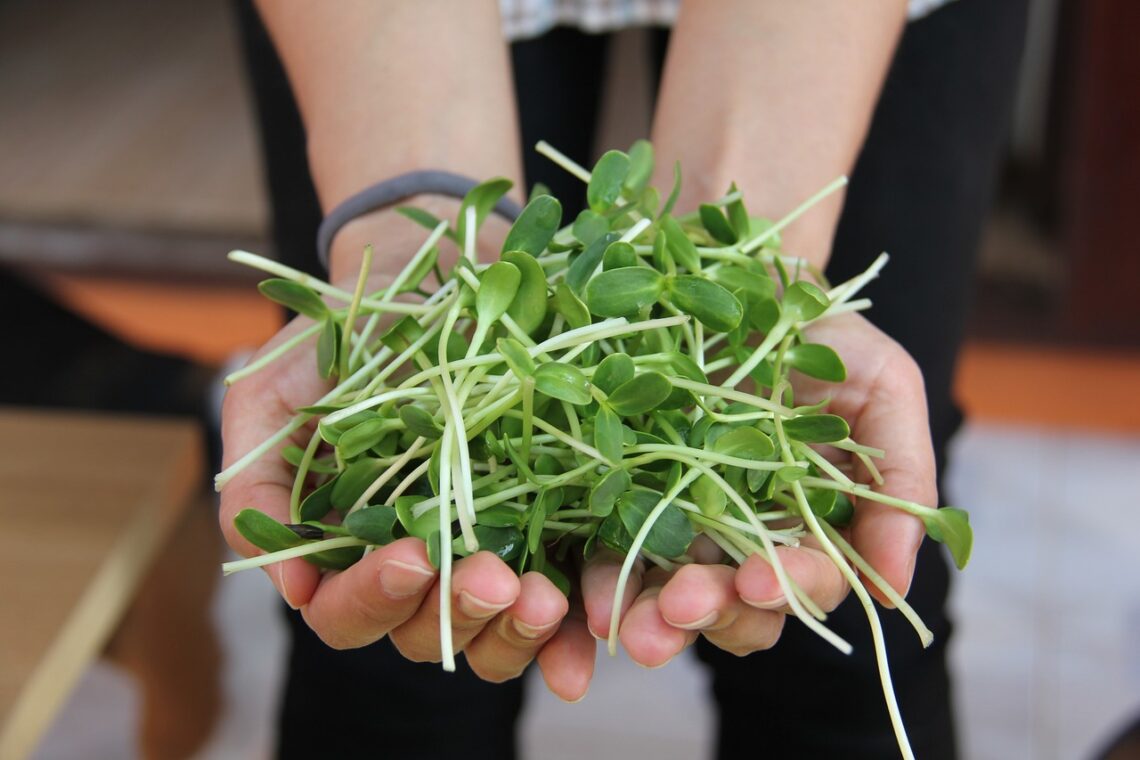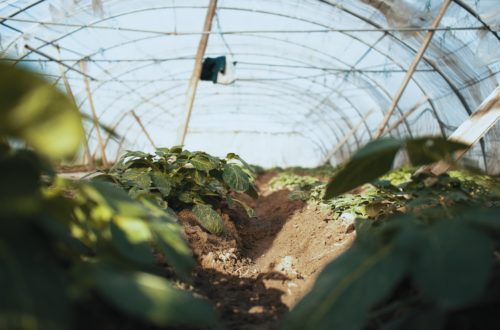As the population skyrockets and urbanization continues to rise, sustainable practices become increasingly vital to mitigate environmental degradation and ensure the well-being of urban communities.
Microgreens are great for keeping up with the demands of a growing population while limiting adverse impacts on the planet. These tiny, nutrient-packed plants offer many benefits for the environment and urban population, making them an excellent addition to cities. Here’s how they contribute to sustainability and resident’s well-being.
Urbanization and Agriculture
There are over 8 billion people on the planet, and many are flocking to cities and straining food resources. Cities must learn to sustain larger populations and ensure food security within limited urban spaces.
Microgreens are tiny, edible greens packed with concentrated nutrients and vibrant flavors and are widely used in restaurants and homes. Their small size and quick growth cycle make them an ideal solution for urban agriculture, particularly in densely populated areas where available land is scarce.
Some popular examples of microgreens include:
- Arugula
- Broccoli
- Kale
- Pea shoots
- Chives
- Basil
- Radish
- Cilantro
- Spinach
- Cabbage
- Celery
- Dill
The Benefits of Growing Microgreens in Urban Environments
Microgreens address several challenges associated with the increasing urban population. Here are six reasons why people should consider growing microgreens in city farms.
1. They Don’t Use Much Land
One of the most significant advantages of these tiny herbs is their ability to thrive in small spaces. Rooftops, balconies, window sills, and other indoor spaces can be transformed into productive personal microgreen farms. Other ideal spots include community gardens, vertical farms, and small-scale setups.
2. They Use Less Water
The agricultural sector is responsible for roughly 70% of water use globally. Microgreens require less water compared to their fully mature counterparts. Their shorter growth cycles and smaller size mean they use fewer resources to reach maturity.
This reduction in water consumption is crucial in urban environments where water scarcity and conservation are pressing issues. Microgreens can play a critical role in achieving urban sustainability through water-efficient agricultural practices.
3. They’re Nutrient Dense
Despite their small size, microgreens offer higher concentrations of essential vitamins and minerals than larger crops. Adding them to urban diets can improve public health by providing access to fresh and nutrient-rich greens.
While nutritional content will vary slightly depending on the type of microgreen, some general nutritional benefits and common vitamins and minerals include:
- Vitamins C, K, A and E: Essential for disease prevention, skin health, blood clotting, bone strengthening, vision and cell protection
- Calcium: Important for bone health and muscle function
- Iron: Necessary for oxygen transport in the blood
- Magnesium: Involved in various biochemical processes
- Potassium: Regulates fluid balance and muscle contractions
- Zinc: Vital for immune function and wound healing
- Phytonutrients and antioxidants: Offers anti-inflammatory properties and cell protection
- Protein: Provides protein for vegetarians and vegans
- Fiber: Dietary fiber aids with digestion
When adopted as part of healthier eating habits, microgreens can reduce the prevalence of diet-related illnesses, lessening the burden on public health sectors.
4. They Offer Localized Food Production and Reduced Food Miles
Microgreens are well-suited for local and decentralized production, reducing the need for extensive transportation networks. Consider how fresh produce travels over 1,500 miles on average before reaching the dinner table. Growing microgreens in urban areas helps communities reduce the environmental impact of transporting food long distances.
This localization of food production further aligns with sustainable agriculture, promoting community resilience and reducing carbon emissions.
5. They Create Urban Green Spaces
Integrating microgreens into urban agriculture contributes to creating biodiverse green spaces within cities. These miniature plants have numerous varieties, adding aesthetic diversity and promoting urban biodiversity. Additionally, cultivating microgreens supports pollinator species, further enhancing ecological balance within urban environments.
6. They Reduce Food Waste
Almost 35% of all food goes to waste each year. Because of their fast growth, microgreens allow for continuous production and quick turnover. Among the significant advantages is the ability to harvest microgreens at an early stage, often within one to three weeks of planting. This means they conveniently grow on demand, minimizing the risk of overproduction and subsequent waste.
Additionally, microgreens have a longer shelf life than fully matured vegetables, providing consumers with a more extended window to use them before they spoil. Combating food waste is vital to reverse the effects of climate change and avoid wasting resources. Their versatility also means you can use them in salads or as garnishes, reducing the likelihood of unused portions ending up in the trash.
Embracing microgreens in urban agriculture lets cities enhance food security, promote healthy dietary habits, reduce transport emissions, and contribute to a more sustainable and resilient urban future.
Going Green With Microgreens
Microgreens offer a multifaceted solution to the problems of urban sustainability. Their myriad benefits make them a must to consider. As cities expand and evolve, incorporating vegetation can address immediate challenges and contribute to a greener environment.
Jack Shaw is the senior Outdoors writer for Modded, a men’s lifestyle publication. An avid outdoorsman and lover of nature, he’ll often find himself taking retreats out to explore his environment and encourages others to do the same in ways that are sustainable and beneficial to the environment.
Image by Natthapat Aphichayananthanakul from Pixabay






